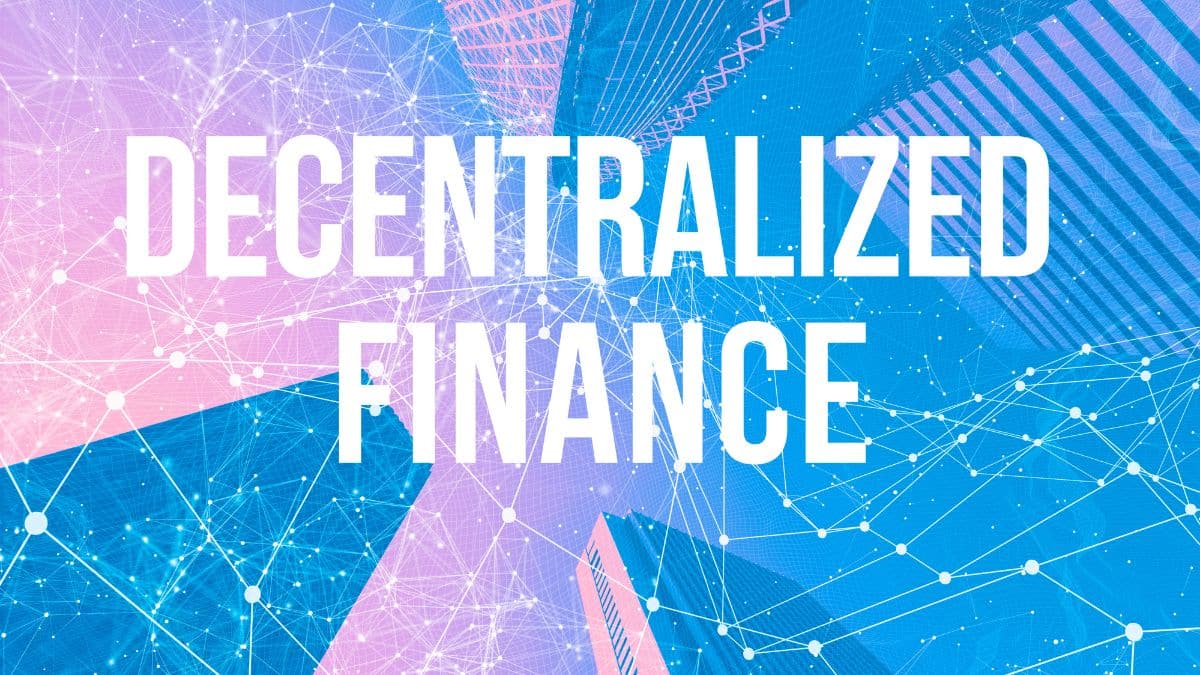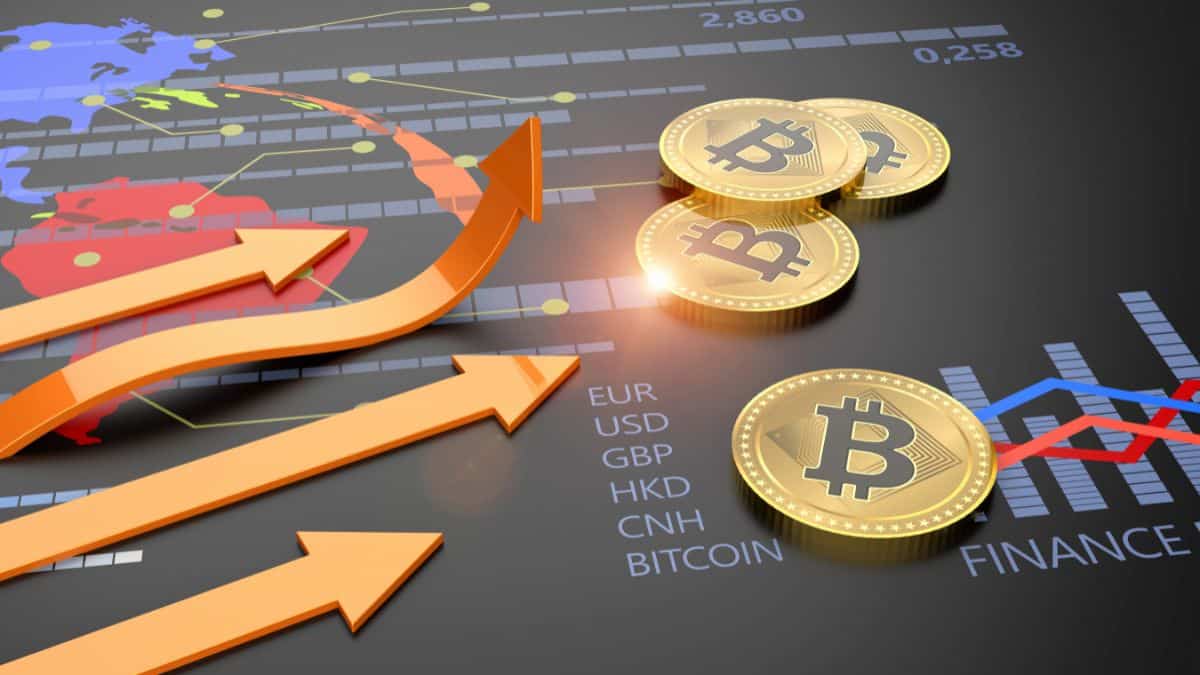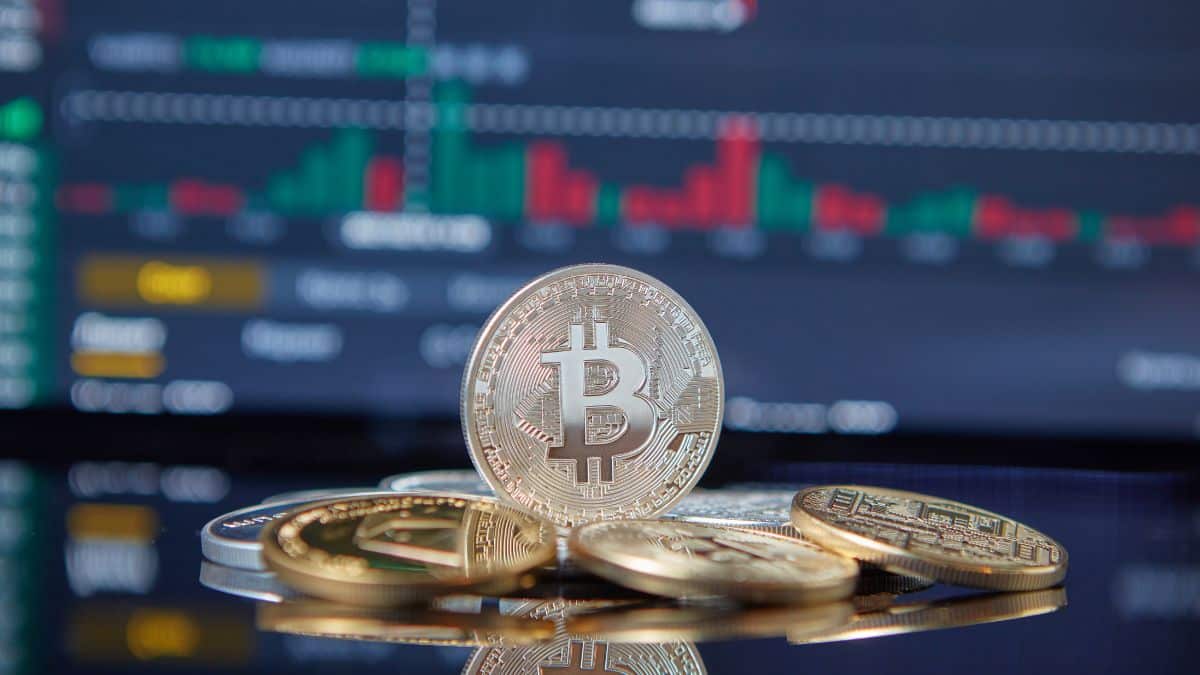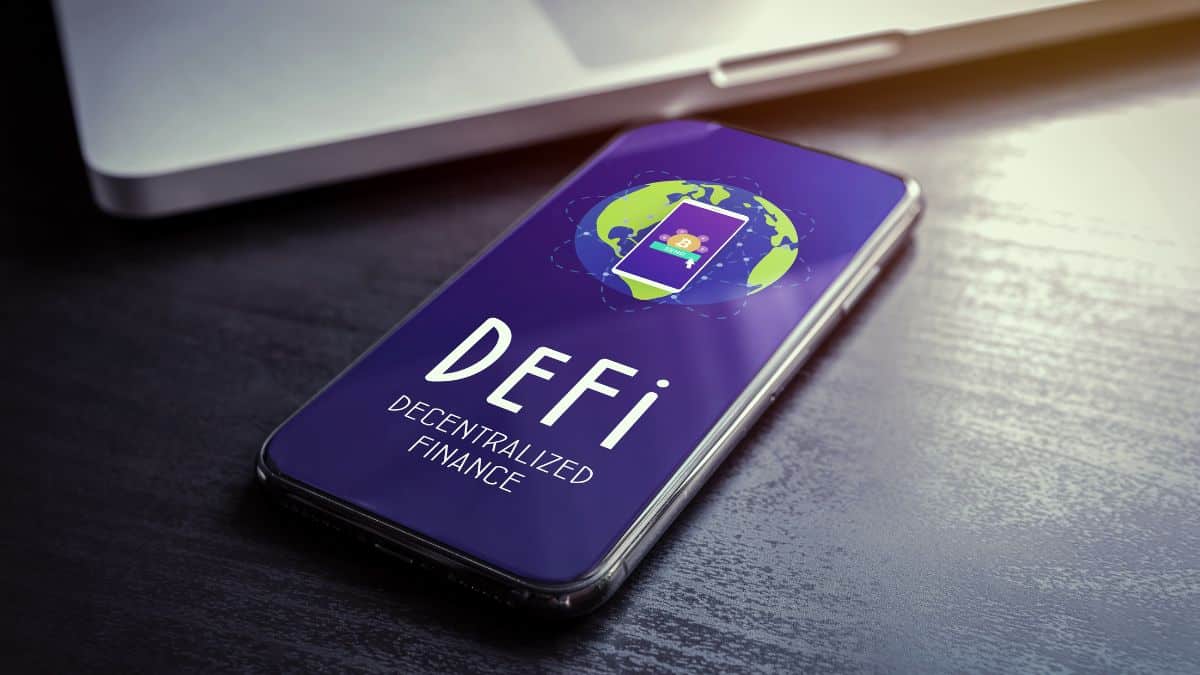Beginner’s Guide to DeFi: What It Is and How It Works

In recent years, there has been a shift in the way money is being distributed. This is causing a shift in the way that we bank, invest, and earn. Decentralized finance or DeFi, is here. The system is rapidly expanding, and it eliminates the need for intermediaries and enables open access to financial services. Over $55 billion was invested in decentralized finance in the United States by the year 2024, and this number continues to rise. But a lot of people find it perplexing. So, what exactly is DeFi? This is how it operates. You might be an eager investor, a young adult who is adept with technology, or an entrepreneur from the United States who wants to embrace blockchain technology. This book will provide you with an introduction to DeFi, its primary components, and the steps you need to do in order to begin exploring this exciting realm.
What Is DeFi?
DeFi, short for Decentralized Finance, is changing how money works in the digital age. Instead of banks and brokers, DeFi uses blockchain tech like Ethereum. This lets users handle money trades through smart contracts, which are just code. You can earn interest, take out loans, trade assets, or get insurance—all without banks or regular accounts. Everything is run by code and cryptography.
DeFi systems are not tied to physical places, government rules, or human effort. They offer digital, open access to money tools for anyone with internet. Whether you are in a big city or a small town, if you have a smartphone and crypto wallet, you’re in.
Key parts of DeFi:
- Open Access: No gatekeepers. You don’t need a bank account, ID, or okay from a financial group. Anyone with a phone and crypto wallet can join.
- Clear Transactions: All trades are on public blockchains like Ethereum. Anyone can check or study the system. Nothing is hidden.
- Building Blocks: Many DeFi apps, called dApps, can be stacked together. Developers can mix and match them to make new money services.
- Smart Contracts: Trades are run by self-working code, which follows set rules automatically. This cuts down on delays, mistakes, and bias.
These traits form the support for a new, decentralized future. As DeFi spreads in the U.S., normal people get a chance to join a world of money that’s open, clear, and user-driven.
How DeFi Works: A Closer Look

Think of DeFi like a new way to handle money, but without banks. At its heart, DeFi uses blockchains—big lists of transactions kept on many computers worldwide. No one controls the list, so it’s safe from changes and checks.
The blockchain Ethereum is a big name in DeFi. It has lots of apps for DeFi because of its good setup and many developers. Other blockchains like Solana, Avalanche, and Polygon are catching up since they are fast and cheap, which U.S. users like.
Key Parts of DeFi:
1. Smart Contracts
Smart contracts are programs on the blockchain that do things when rules are met. Picture a vending machine for money services. For instance, a smart contract can keep a borrower’s asset safe until the loan is paid back. No loan officer, no bank ok, no person needed—just code working right.
Smart contracts drive DeFi. They handle tasks like counting interest, swapping assets, giving rewards, and holding money, cutting costs and lowering errors.
2. Decentralized Apps (dApps)
Smart contracts are the motor, while dApps are the car making DeFi easy for users. These are platforms on blockchains where users meet smart contracts through easy-to-use screens. Think of them like apps on your phone—except these apps run without one server or company.
Some well-known dApps include:
- Aave and Compound for giving and taking loans.
- Uniswap and SushiSwap for trading on Decentralized Exchanges.
- Yearn.Finance for Yield Farming and automatic asset control.
The strength of dApps is their openness. Developers in the U.S. can copy dApps, improve them, and make new tools for all without asking.
3. Stablecoins
Crypto can be wild in price, and stablecoins help with that. These are digital money tied to real-world money like the U.S. dollar, keeping value steady in a shaky market.
Popular stablecoins are:
- USDC (USD Coin): Made by Circle, a company in the U.S., checked often.
- DAI: A stablecoin run by the MakerDAO group.
For American users, stablecoins make DeFi easier. They let folks stay away from big price jumps in Bitcoin or Ethereum while using DeFi for loans, trades, and earning money. They’re also getting liked as a new way to keep money, especially for those looking for better gains and worldwide use.
Popular Use Cases of DeFi
DeFi isn’t just a big idea—it’s helping people do things that banks, credit unions, and firms used to do. Here are some ways Americans use DeFi today:
1. Peer-to-Peer Lending
Think of lending money to a stranger far away and getting paid interest, all without a bank. DeFi Peer-to-Peer Lending on platforms like Aave and Compound does just that. They let lenders and borrowers connect through smart tech.
For U.S. users, the perks are clear:
- Higher Returns: Big banks’ savings accounts often give less than 1% interest. DeFi lending can offer 4% to 10% yearly returns.
- Instant Access: No more waiting days for loan approval. Smart tech does it in real time.
- Full Transparency: Terms and rates are clear from the start. What you see is what you get.
This type of lending is great for self-employed folks or those with bad credit, as it gives access to cash without the usual hassle.
2. Decentralized Exchanges (DEXs)
For U.S. investors, especially those who value privacy, DEXs give a fresh take on trading.
Platforms like Uniswap, SushiSwap, and PancakeSwap let users swap tokens from their wallets, no account or personal info needed.
Why it matters:
- No KYC: DEXs don’t need Know Your Customer (KYC) papers, so users keep more privacy.
- Control Over Funds: You control your assets. Your crypto isn’t on a central exchange that might be hacked or go bankrupt.
- Open 24/7: DEXs are always open, good for night owls or those watching global markets.
3. Yield Farming and Liquidity Mining
These complex but high-reward methods let Americans earn extra money through DeFi. Users put assets in liquidity pools and get rewards, often tokens.
Here’s how it works:
- Yield Farming: Users move assets to different protocols for the best returns.
- Liquidity Mining: Users get rewards for adding to a DEX liquidity pool. Rewards can be trading fees or special tokens.
This method is a hit among tech-savvy folks wanting passive income. But it has risks like impermanent loss and smart tech bugs, so it’s not for beginners.
Benefits of DeFi for U.S. Users

The perks of decentralized money are not just cool; they solve old problems in the usual banking way. For Americans, it can be a real help, especially for those who the current system fails or charges too much. DeFi opens new chances for everyone.
1. Financial Inclusion
Many Americans don’t have a bank or have bad credit. DeFi evens things out. If you have a phone and internet, you can lend, borrow, invest, or save without needing a bank. No credit scores, not a lot of forms, and no one cares about your past money issues.
2. Transparency and Trust
Banks can hide fees and rules in small letters, but DeFi uses open-source code. You can see how it all works, what fees there are, and where your money goes, all on the blockchain. This clear way of showing things helps build trust and gives you more say over what you do with your money.
3. Speed and Efficiency
If you’ve waited days for a wire transfer or had loans held up by red tape, you know how slow it can be. DeFi uses smart contracts to do things right away. You can swap assets, earn interest, or get a loan any time—no bank hours, no waiting.
4. Borderless Transactions
DeFi works worldwide, not stuck by borders or banking rules. If you want to send money to family far away, invest in something global, or get your funds while you travel, it’s easy. No fees for foreign deals, no hassle with changing money, and no problems based on where you are. It’s a money system built for a linked, moving world.
Risks and Challenges in DeFi
Despite the benefits it offers, DeFi is not devoid of potential traps.
1. The Dangers of DeFi Security
- Sometimes smart contracts have bugs or are susceptible to being hacked.
- U.S. investors have lost millions of dollars due to exit scams and rug pulls.
2. Regulatory Uncertainty, Number Two
- The Securities and Exchange Commission (SEC) and other regulatory bodies are currently debating how to control decentralized finance.
- Certain practices might unwittingly violate the securities laws of the United States.
3. Errors Made by Users
- No customer service staff are available, in contrast to banks, in the event that you transmit your cryptocurrency to the incorrect wallet.
4. Volatility of the market
- There are a lot of decentralized finance assets that are highly speculative and volatile.
Getting Started with DeFi in the U.S.
Step-by-Step Guide:
- Set Up a Digital Wallet: MetaMask is a popular choice in the U.S.
- Buy Cryptocurrency: Use a centralized exchange like Coinbase to purchase ETH or stablecoins.
- Explore DeFi Platforms: Start small with user-friendly platforms like Compound or Aave.
- Do Your Research: Follow U.S.-based crypto news sites like CoinDesk or Decrypt.
- Start With Stablecoins: They are less volatile and easier for beginners to handle.
Pro Tip:
Always test with a small amount of crypto first. DeFi is unforgiving to mistakes.
Tools and Resources for U.S. Users
- CoinGecko: Track DeFi project rankings.
- DeFi Pulse: View total value locked (TVL) across platforms.
- DeFi Safety: Audit DeFi protocols for security.
- Crypto Tax Tools: Prepare for IRS tax filings.
Conclusion: Your DeFi Journey Starts Now

The DeFi revolution is here, and it offers an unprecedented opportunity to reshape how Americans interact with money. From Peer-to-Peer Lending to Decentralized Exchanges, this new financial paradigm is built on transparency, autonomy, and innovation. But like any frontier, it comes with its own set of challenges. Educate yourself, start small, and stay informed. If approached wisely, DeFi can be a powerful tool for financial empowerment.
Frequently Asked Questions (FAQs)
What is the best DeFi wallet for U.S. users?
MetaMask is widely used due to its browser extension and mobile compatibility.
Are DeFi earnings taxable in the U.S.?
Yes. The IRS considers crypto earnings taxable income. Always consult a tax advisor.
Can I lose money in DeFi?
Yes. DeFi carries risks including price volatility, hacking, and smart contract bugs.
Is DeFi legal in the U.S.?
DeFi is legal, but regulatory clarity is still evolving. Stay updated on SEC guidance.





